Primitivism is a facet of Modern Art inspired by the works of untrained artists in non- industrialised societies, mainly tribal from Africa and Pacific Islands and the Americas.
It started in France in 1905 with the enthusiasm for exotic ancient cultures. The term Primitivism signifies the appropriation of “Primitive” art by European artists. It began with the Fauves, Cubists and Expressionists who incorporated elements into their artworks.
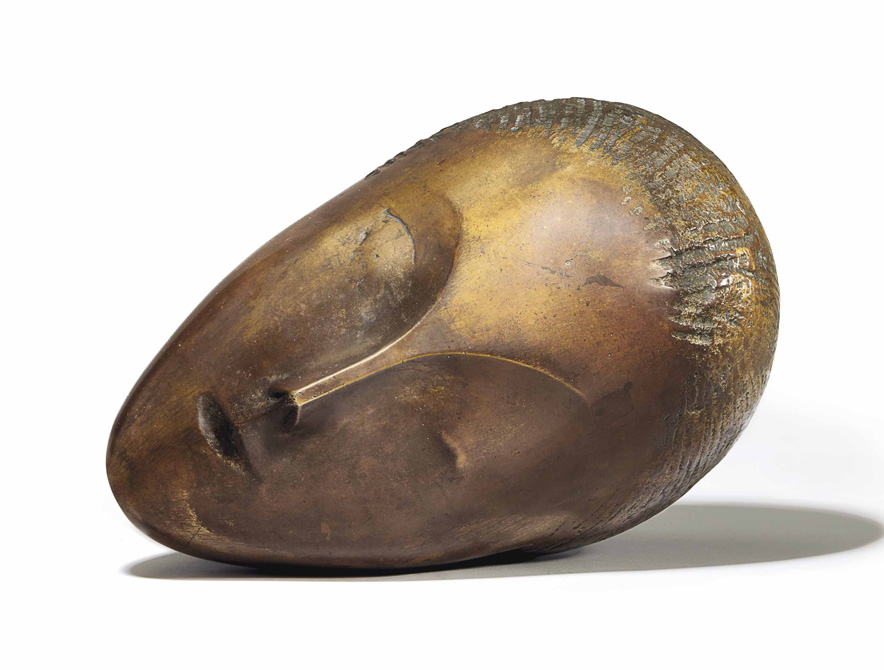
Although it was not itself a fully-fledged artistic style, Primitivism inspired many of the early 20th century’s key movements and artists, mainly Cubism (Picasso, Brancusi…) and Naive Art (Rousseau).
Painters and intellectuals were fascinated with ancient cultures. This led to a deeper study of this subject by anthropologists and art historians. French word “primitif” means ‘“first, original” deriving from Latin “primitivus”, meaning “first, earliest of its kind”.
Primitivism has a long expanding in history… lasting till today. The process of profound interaction with ethnic cultures started the previous century by Paul Gauguin. He started painting Tahitian women on burlap sacks in 1891.
Decades later, Picasso first encountered African “fetishes” in a dusty museum in 1907.
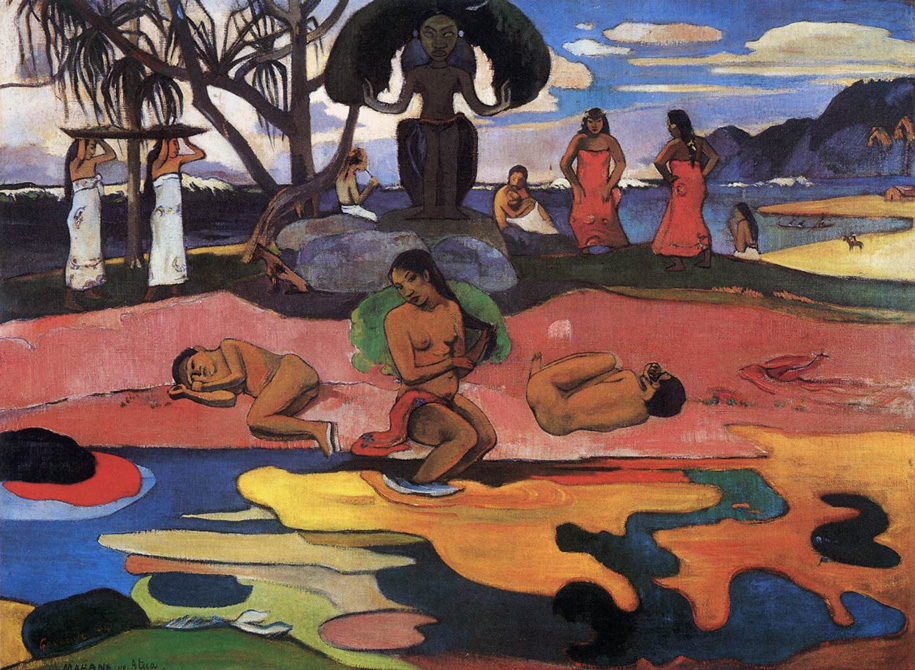
Paul Gauguin travelled to French Polynesia searching to escape the “perverted” Europe. In his dreams, Tahiti was a paradise far from Parisian decadent life with people who had lost touch with truth. Far from adopting the decorative view of exoticism from colonial genre painting, he pioneered a totally new style.
“I was captivated by that virgin land and its primitive simple race. In order to create something new, one must return to the original source, to the childhood of mankind.”
Primitivism is considered to emerge in Paris, in 20th century (1905 and 1935). One catalyst was the opening of Musée Trocadero, the first to display African art. Artists went in search of inspiration. Some became collectors of tribal art. It soon traveled throughout Europe influenced by artists.
The key artists where Paul Gauguin, Henri Rousseau, Pablo Picasso, Henri Matisse, Amadeo Modigliani, Constantine Brancusi, Ernst Kirchner and Paul Klee.
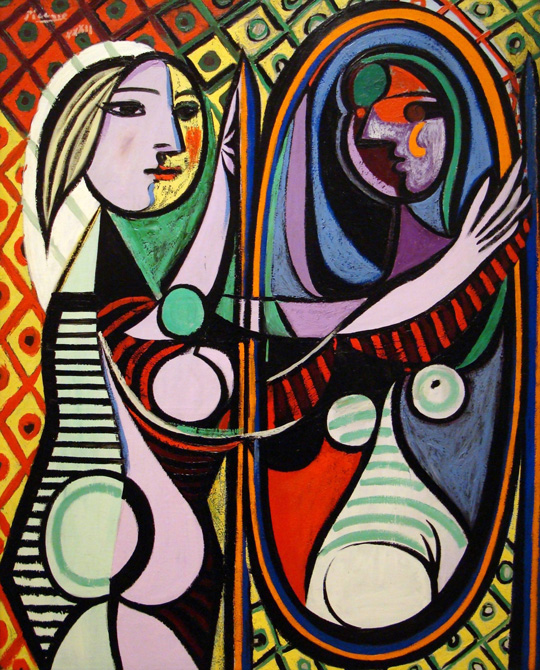
The style was as a reaction against conservative art and Industrial Revolution. Unlike European art, it didn’t value naturalism and figuration.
They found inspiration feeling a connection between non- academic art and deep spirituality.
They believed that art created by less-civilised people was purer and more instinctual than artificial artistic styles in modern west.
Writer and art patron Gertrude Stein collected Gauguin, Impressionists and ethnic art. She supported artists in Paris inviting Matisse, Modigliani, Picasso, Braque, Brancusi… who played a decisive role in spreading the thrill for that type of art.
Since African masks were among the hottest objects to collect among the Parisian avant- garde set, mask-inspired imagery was also common. The most famous examples appear in Pablo Picasso’s paintings such as “Demoiselles d’Avignon” and “Portrait of Gertrude Stein”.
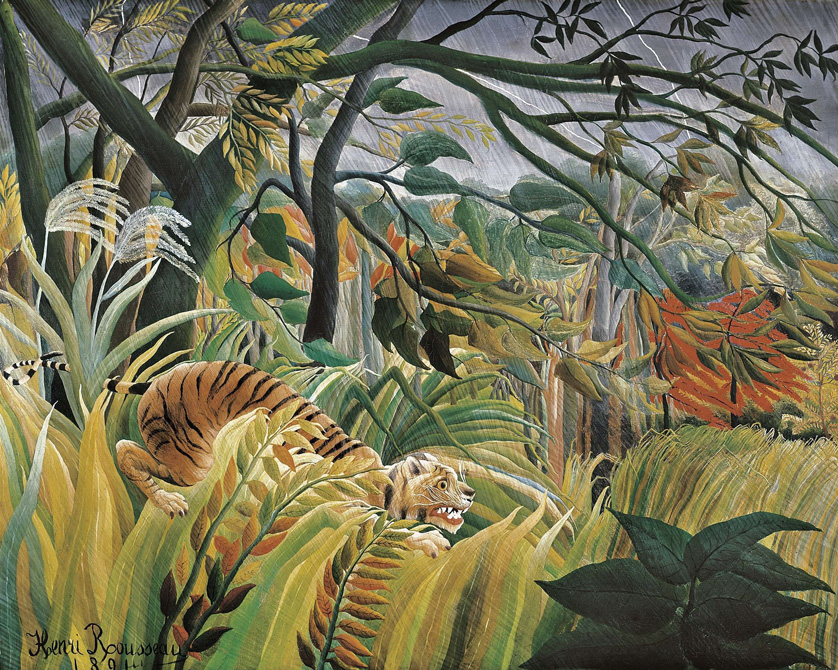
Pierre Matisse built a fundamental bridge between Egyptian archaism, Greek sculpture, formal purity in African Tribal sculpture and Oceania Art.
Through his paintings and sculptures he created a dense web of allusions that privileged the aspiration to a pure and essential form. Matisse undermined the conception of art as “representation” and laid the foundations, before Brancusi and Abstractionism, for a pure art with absolute expression of forms.
Henri Rousseau was a self-taught genius famous for his imaginary jungle scenes. He studied exotic plants and animals in Paris zoo and botanical gardens since he never traveled outside France. He was inspired by romantic exotic nature in magazine images. He painted in a style that is also called Naive Art.
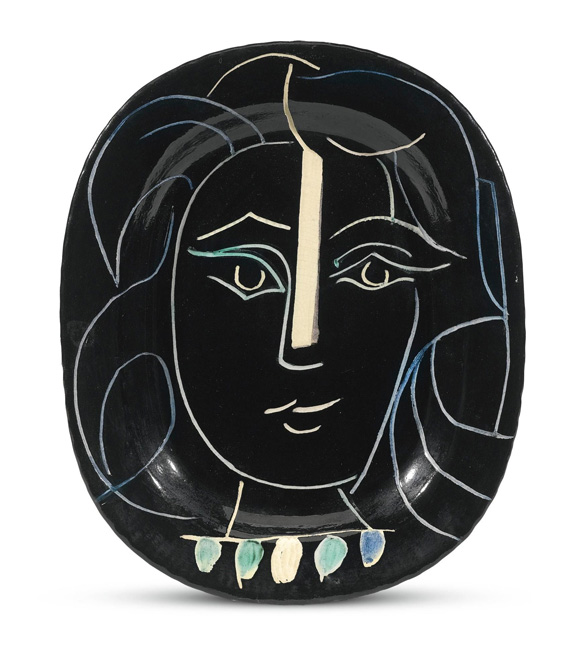
There is a deep ambiguity in the concept of “Primitivism” as an art term. It wasn’t necessarily confined to non-western art.
European artists also looked to surviving artworks from their own prehistoric past as well as to their contemporary peasant cultures. Some were also interested in folk art, untrained art and children’s paintings.
Unlike most “isms”, Primitivism does not have consistent characteristics. Rather than being a true artistic style, it’s a general trend appearing across diverse movements. Everyone used it differently. We can find its influences in Post-Impressionism, German Expressionism (Die Brucke) , Surrealism and specially Cubism.
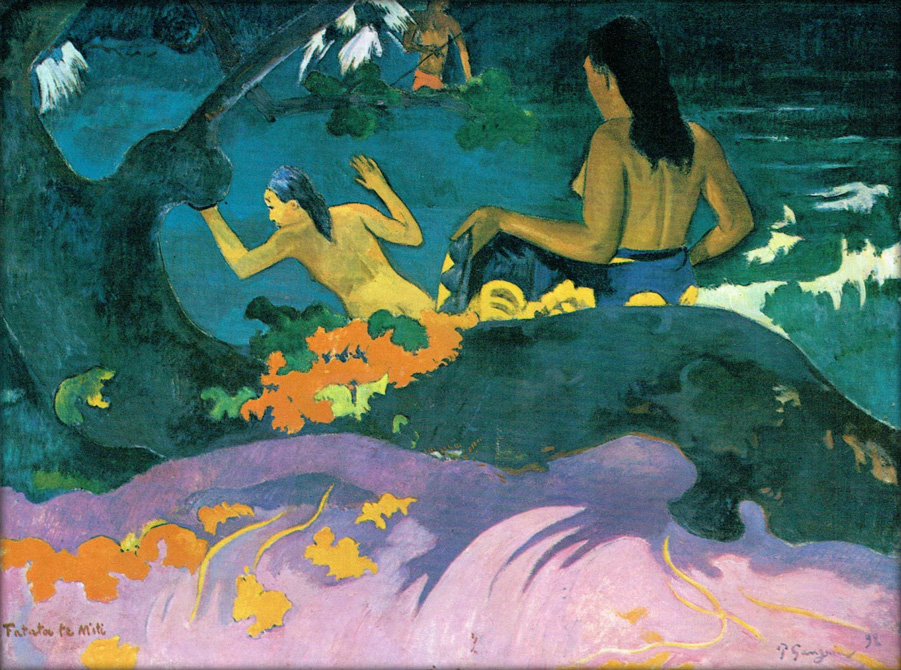
Amadeo Modigliani went to Paris when Picasso, who loved African masks, was inspired by them to paint his “Demoiselles d’Avignon” (1907). This work was crucial: it paved the way towards Cubism and made a lasting impressions. They both shared a feeling of admiration revolving the primitive .
This spirit arose in creative exchanges. Their friend Constantin Brancusi, was one of the top modern sculptors. His innovative use of materials, wood and marble and his reduction of form developed into abstraction with ancient sources in mind. African and Romanian folk art were his influences.
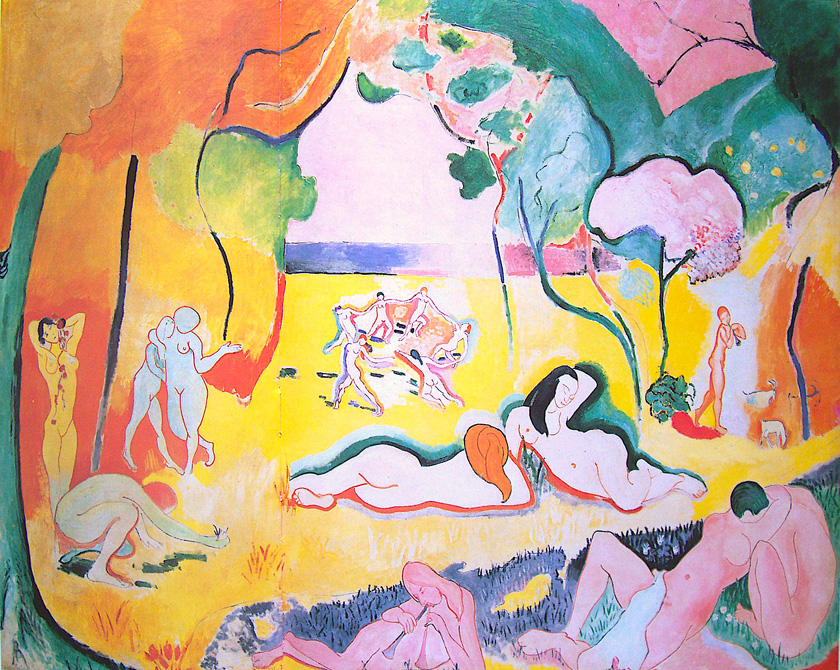
New York Art dealer Alfred Stieglitz exhibited his sculptures together with ethnic carvings. Brancusi‘s main patron John Quinn also collected tribal pieces. His interaction with New York avant-garde led Brancusi to incorporate oval forms of African masks, into his abstract sculptures. He also expressed against the racial prejudice of his time.
For many artists, the lack of emphasis on naturalism, volume, linear perspective and narrative was Primitivism‘s main attraction. Accordingly, we often see flattened forms and the use of non-traditional perspective in their works. The fractured forms and multiple perspectives of Cubism are truly indebted to this style.
There is a far more complex relationship between Fauvism, Cubism and Tribal Art than what is presented by art historians. It had profound implications on three levels: anthropological, cultural and aesthetic.
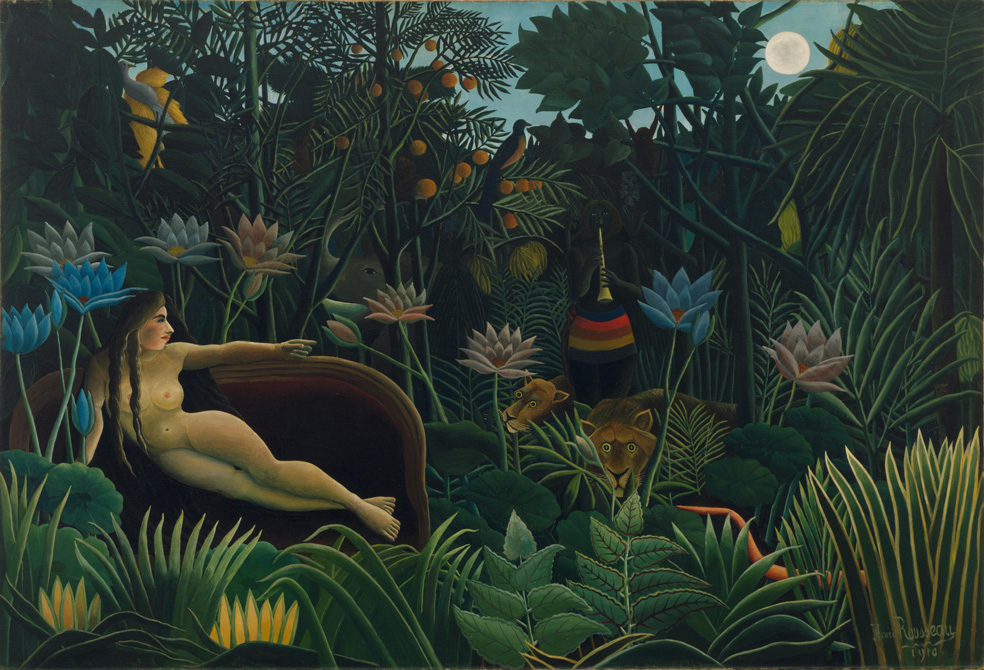
While trends in art-making shifted in other directions after World War II, one can easily argue that Primitivism has never really ended. Many artists, inspired by this style, still paint nowadays abstracted geometric patterns in bright colours.
The lessons that mainstream Euro-American art learned from African and other “primitive” arts are still with us today.
Exhibitions
- “Primitivism and 20th Century Art”, Museum of Modern Art, New York (1984).
- “Picasso Primitif”, Musée Quai-Branly, Paris (2017).
- “From Africa to the Americas“, Montreal Fine Arts Museum, Canada (2018).
- “Modigliani – Picasso. Primitivist Revolution”, Albertina Museum, Viena (2021).
